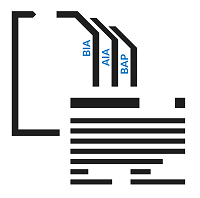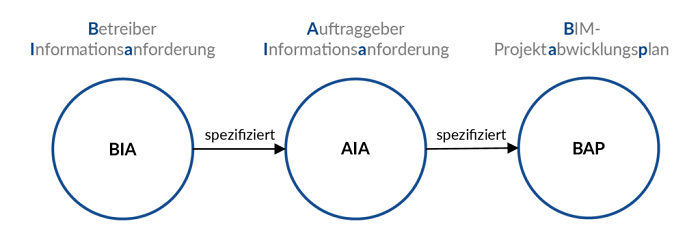BIM regulations
What are BIM regulations?

The basis of projects in the BIM method are the BIM rules and regulations. Conventional project manuals do not yet contain any information on how the project is to be carried out using the BIM method.
However, concrete specifications on the requirements are extremely important and should be communicated right from the start.
BIM rules and regulations should contain the relevant objectives of the client, the requirements for the project participants and, above all, the procedure that leads to successful implementation.
In detail, they contain the regulation of the project organisation, the individual roles and their responsibilities, the specifications for collaboration, the various use cases and the technical guidelines for the Level of Information (LOI) and Level of Geometry (LOG).
Two of the three BIM regulations are defined in ISO 19650:
- the operator information requirement (BIA)
- the client information requirement (AIA)
Both are to be understood as superordinate to an individual, specific project. They ensure consistently high quality across all of a company's BIM projects.
The third, project-specific BIM set of rules is the
- BIM project execution plan (BAP).
It addresses the specific project requirements and project participants.
Regardless of the project size or project type, the use of BIM rules and regulations is recommended, as well as their integration into the contractual basis.
Text source: ODE
Image source: ODE, BIMcert manual
